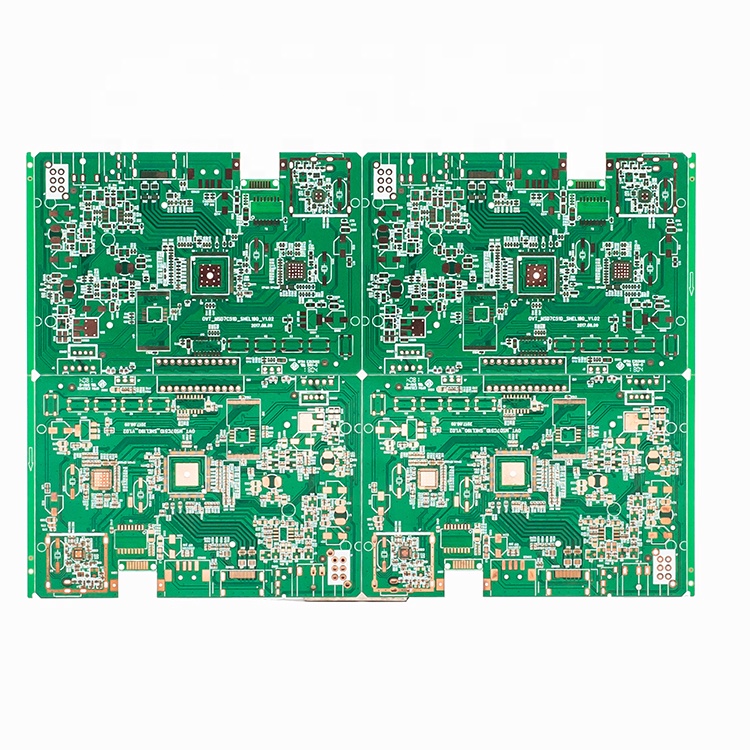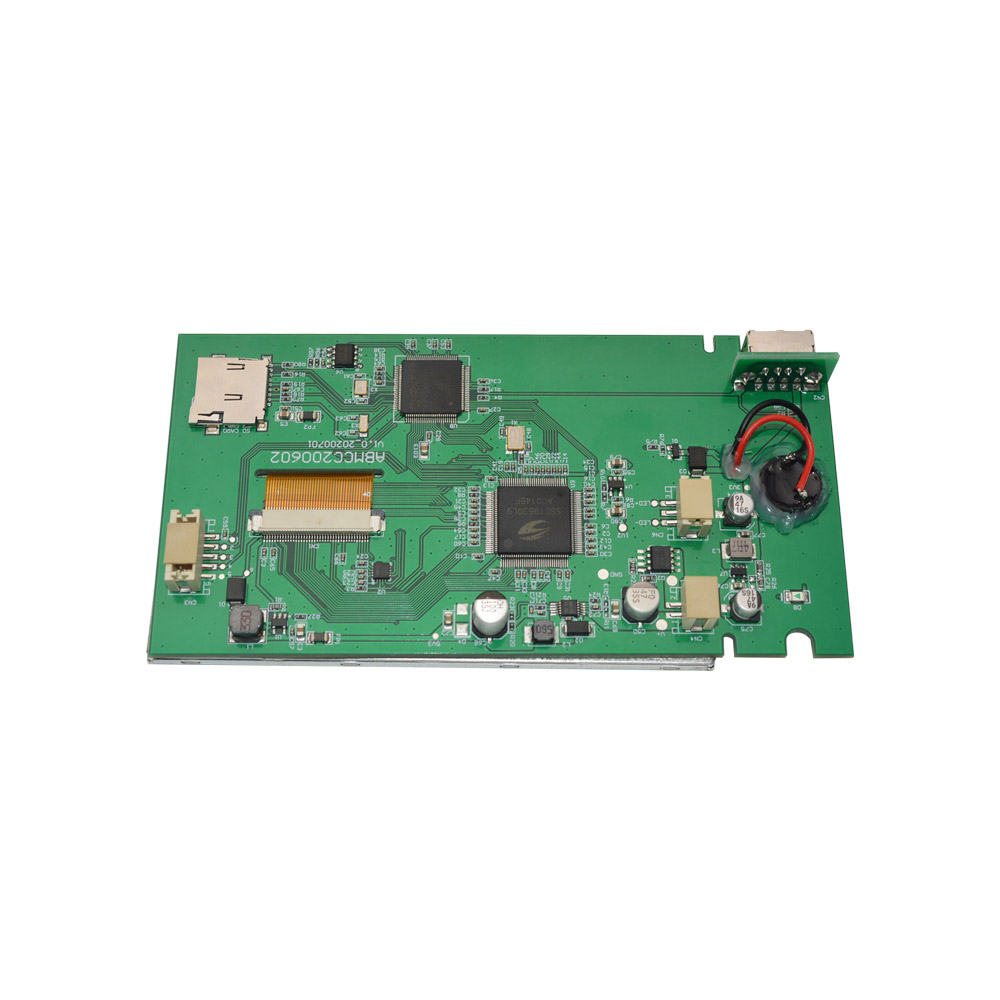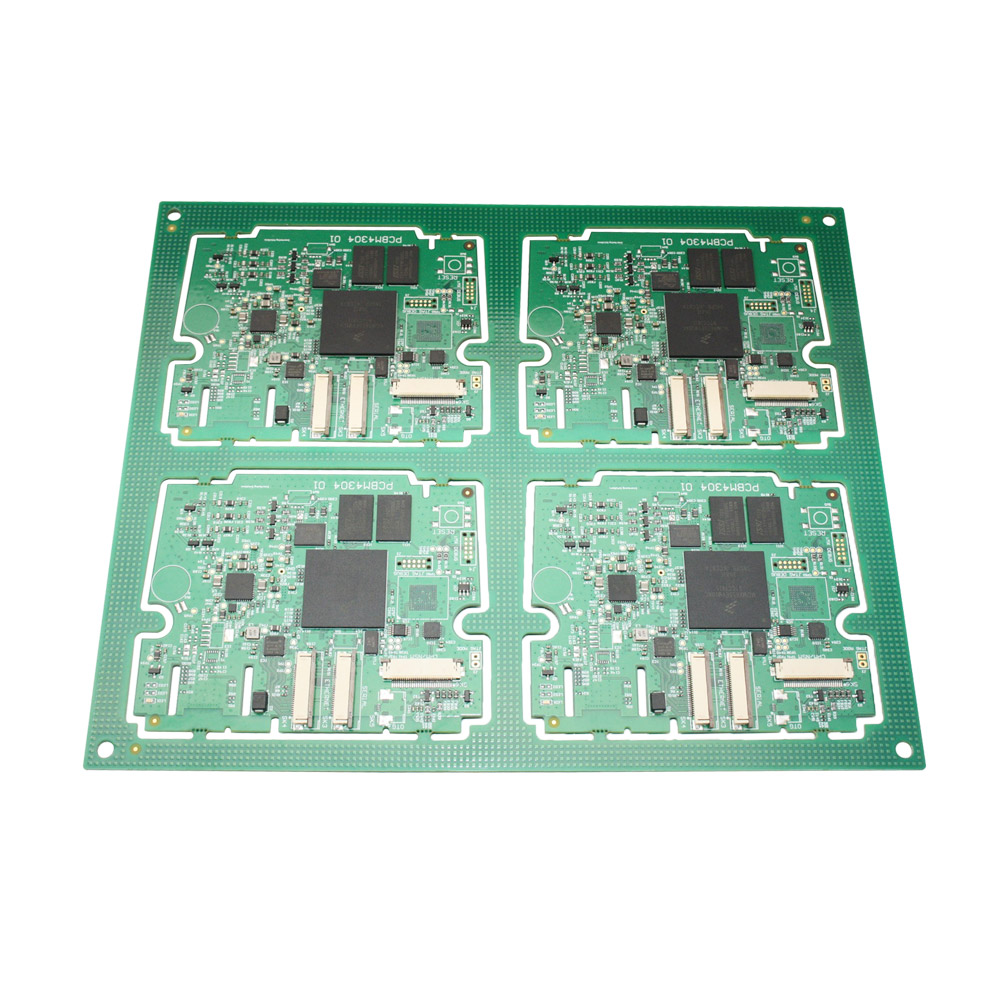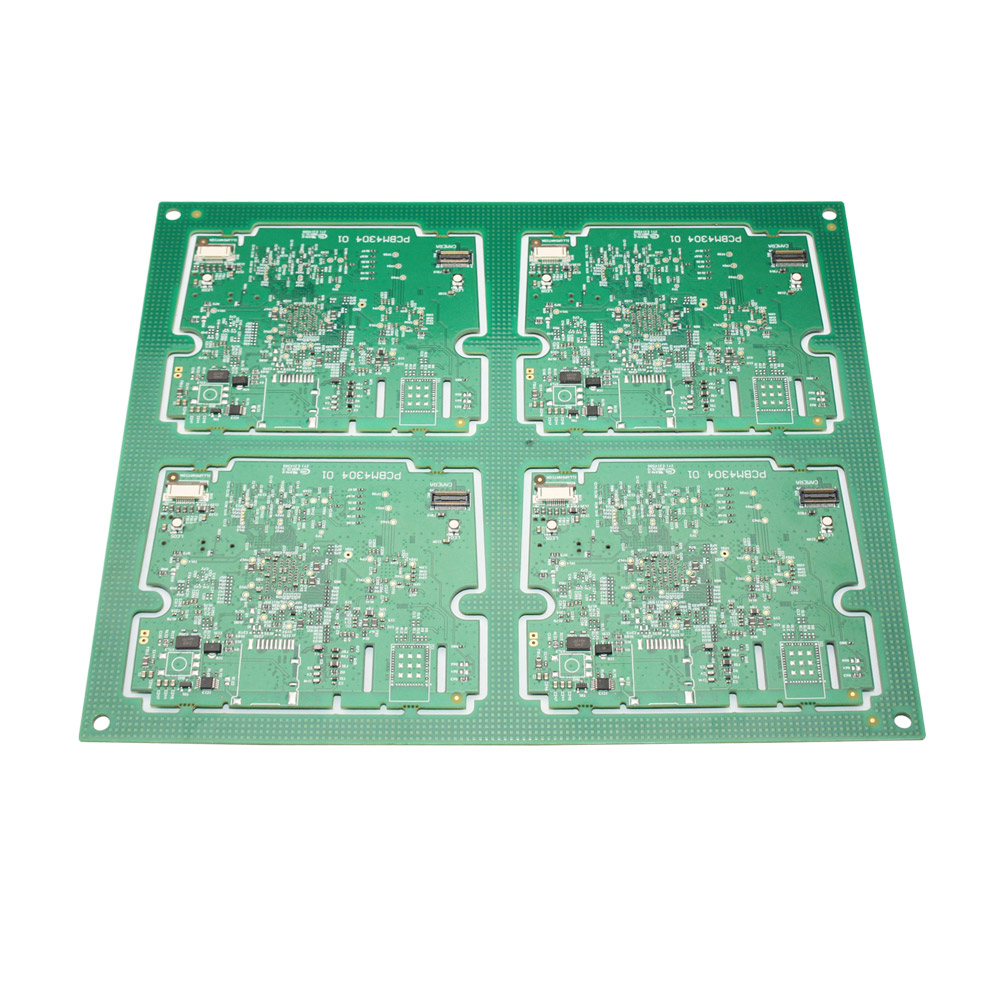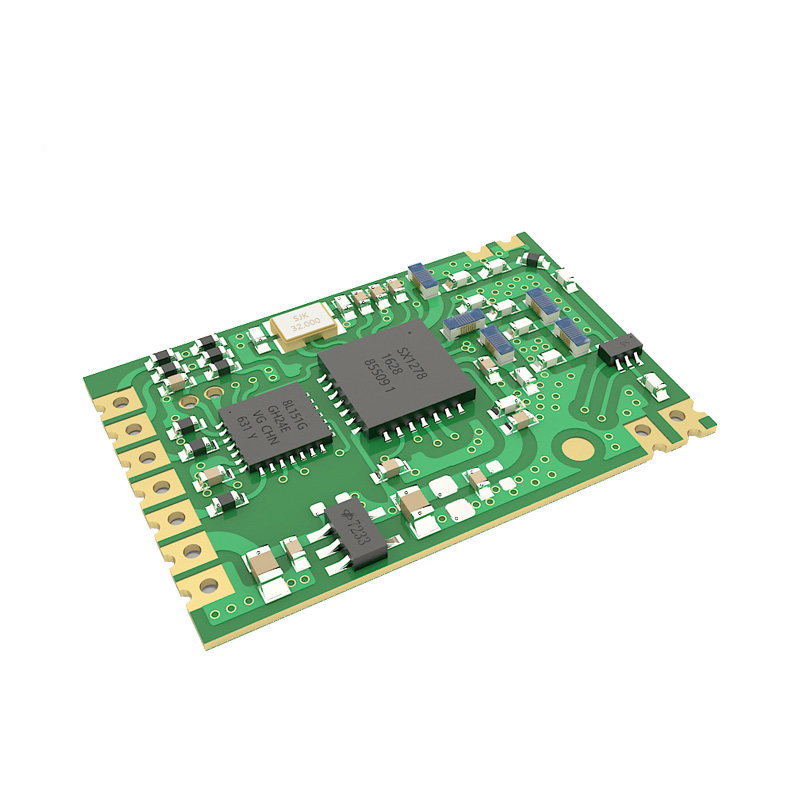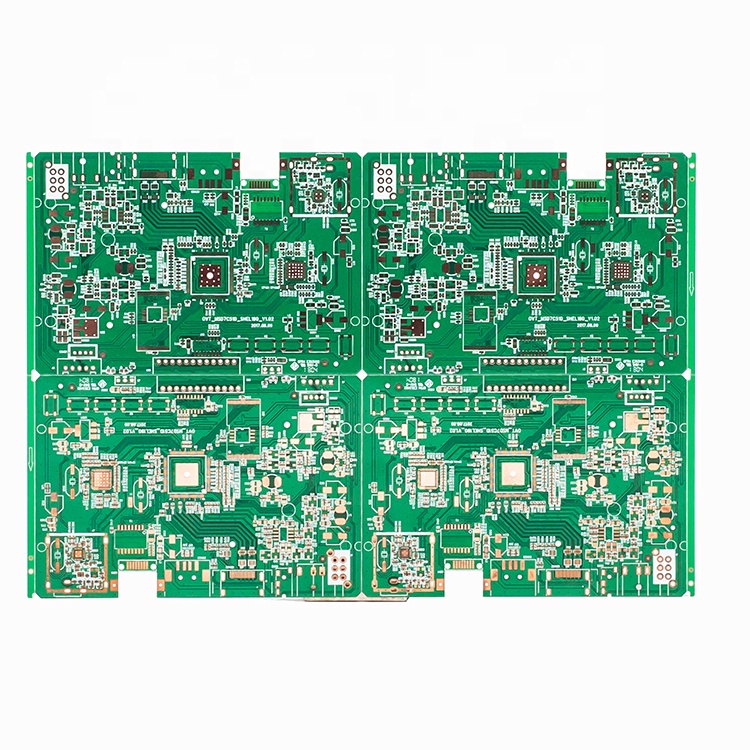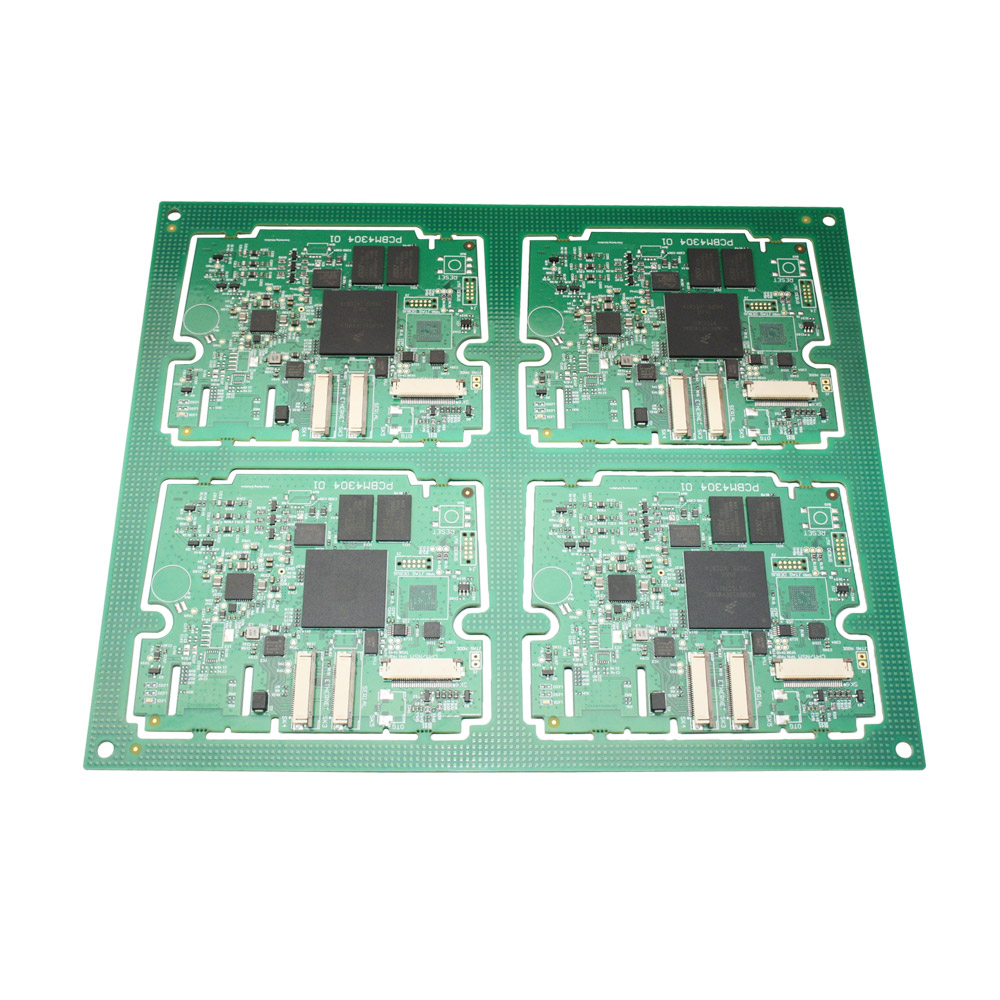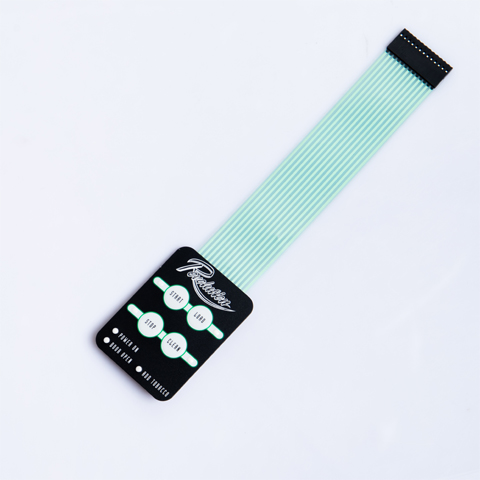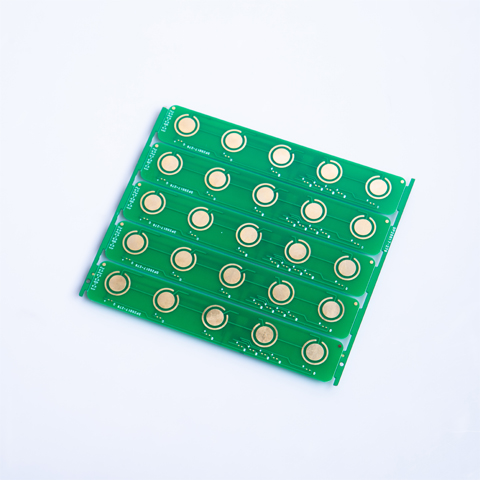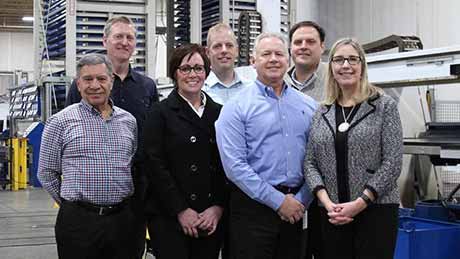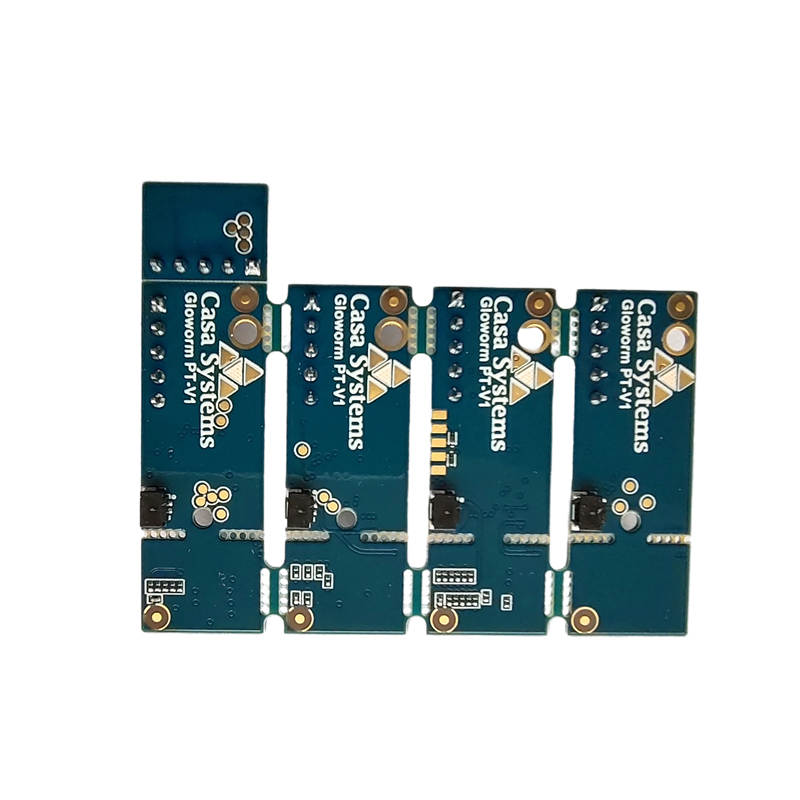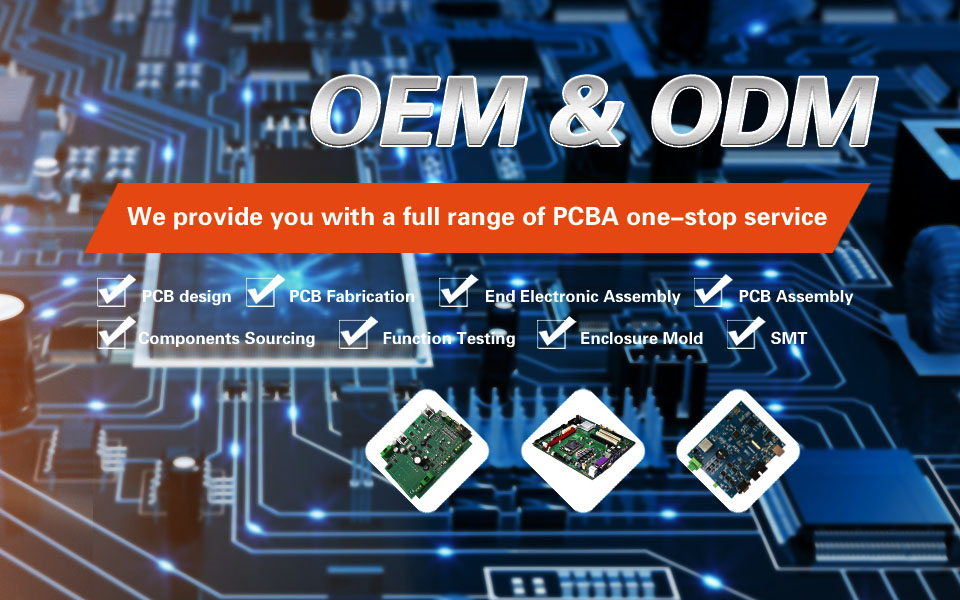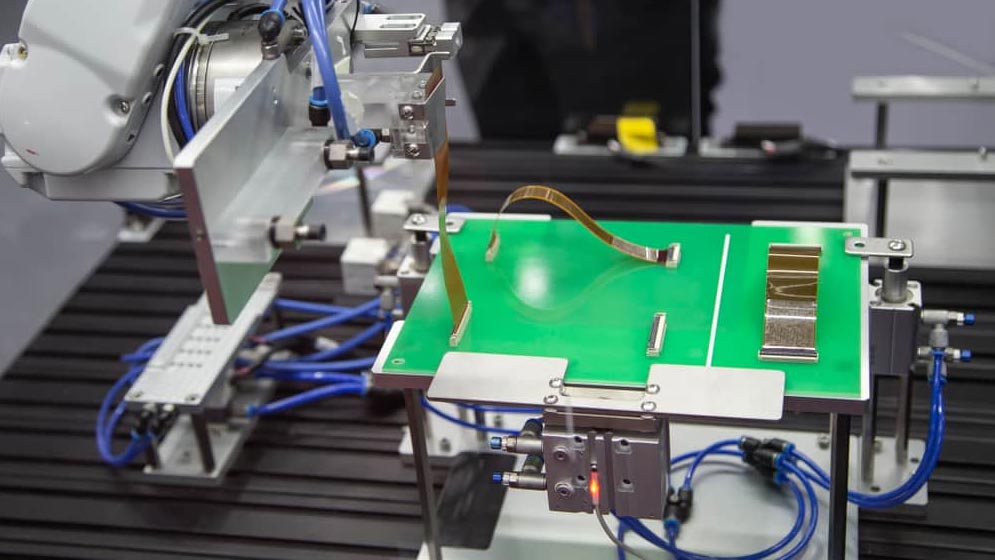As modern electronic designs become smaller and more complex, more engineers are turning to surface mount technology. Since the 1980s, this technology has become the preferred PCB assembly technology in electronics manufacturing and has not subsided since. Most of the phone components in your pocket, whether the iPhone 11 or any other smartphone of your desire, are probably manufactured using surface mount technology (SMT). Many of the components of today's cars or Ubers are probably manufactured through SMT assembly.
What is SMT?
Surface mount technology (SMT) is a technology that mounts electrical components directly to the surface of a printed circuit board (PCB). Electronic components installed in this way are called SMD (Surface Mount Device). In the industry, this approach has largely replaced end-to-end component assembly methods as SMT increases production automation, reducing costs and improving quality. You can also place more components on a given area of the mat. Both technologies can be used on the same substrate, with pass-through technologies often used for non-surface mount components such as large transformers and power semiconductors with heat sinks.
SMT components are typically smaller than end-to-end components because they have smaller pins or no pins at all. There may be different styles of short pins or pins, flat pins, a matrix of solder rods, or pins from the component body. It is a bit difficult to design an SMT assembly because it needs quite precision while designing due to its smaller components and complex designs.
Advantages of SMT:
With the advent of modern technology, SMT assembly is gaining attention and they have a large impact on the electronic industry. The main advantages of SMT over the older through-hole technique are as follows:
• Smaller components.
• Very high component density (components per unit area) and much more compounds per component.
• Components can be placed on either side of the PCB.
• Higher connection density when components are installed on only one side of the PCB because the holes do not block the routing space of the inner layer or the back layer.
• Small errors in component placement are automatically corrected as the surface tension of the molten solder pulls the component into alignment with the pad. (On the other hand, through-hole components cannot be slightly misaligned, because once the leads are through the holes, the components are fully aligned and cannot move laterally out of alignment.)
• Better mechanical performance under shock and vibration conditions (partly due to lower mass, and partly due to less cantilevering)
• Lower resistance and inductance at the connection; consequently, fewer unwanted RF signal effects and better and more predictable high-frequency performance.
• Better EMC performance (lower radiated emissions) due to the smaller radiation loop area (because of the smaller package) and the lesser lead inductance.
• Fewer holes need to be drilled. (Drilling PCBs is time-consuming and expensive.)
• Lower initial cost and time of setting up for mass production, using automated equipment.
• Simpler and faster-automated assembly. Some batch machines can accommodate more than 136,000 components per hour.
• Many surface mount components are less expensive than equivalent through-hole components.
WHAT Are SMT ASSEMBLY CAPABILITIES: THE BASICS
As described earlier that the surface mount technology is a method of creating electronic circuits by placing components directly on the board. The SMT assembly replaces the push-through method of circuit board manufacturing that reached its heyday in the 1970s and 1980s. As electronics manufacturing continued to grow, more efficient and better processes where needed. The SMT assembly was born out of this need. The SMT assembly has a wide range of uses. There are also some restrictions that the design team should consider.
SURFACE MOUNT TECHNOLOGY Assembly ADVANTAGES
Just like with through-hole, there are both pros and cons involved with SMT. But here let's start with some of the advantages of SMT assembly:
Affordable:
One of the reasons the SMT assembly was designed was to reduce manufacturing costs. The SMT requires far fewer holes in the circuit board. This significantly reduces processing and processing costs. Finally, SMT can be mass-produced, which can reduce the unit price.
Efficiency
Another advantage of the SMT assembly is the much more efficient use of space on the circuit board. Thanks to SMT assemblies, engineers can now disassemble complex electronics into smaller assemblies. In addition to using space on the
circuit board more efficiently, SMT assemblies are much faster, allowing manufacturers to improve overall performance. Looking at this, what takes 12 hours through a through-hole while it takes 10 to 15 minutes through an SMT assembly.
Simplicity
Push-through assemblies, lead wires are routed through holes to connect components. The overall wiring is much less complicated because the SMT components are soldered directly to the PCB.
Lesser Extreme Errors
SMT assembly relies heavily on machines, not on humans. SMT is an error-prone process because it is almost completely automated.
The main workflow of SMT assembly:
First step: printing
After aligning the PCB stencil on the board surface, solder paste is applied to the pads. More attention is needed in this process to ensure the pads are coated with an exact amount and uniform solder paste.
Second step: mounting
The components are mounted on the board in their positions by using the pick and place machine or hand placement. The wet solder paste is the temporary adhesive, and the PCB should be moved gently to prevent misalignment.
Third step: reflow soldering
The mounted PCBs will pass through the reflow oven, and the solder paste will be melted and formed solder joints after subjecting to infrared radiation.
Fourth Step: Cleaning
The washer removes harmful solder residues, such as fluxes, from the assembled substrate.
Final Step: Inspection
In this step, the board is subjected to an Automated Optical Inspection (AOI). If you want to visually check the quality of the board... then you do another test. In this step, SMT assembly capabilities are checked and observed their performance. If any correction is needed then SMT Assembly goes through the process again.
USES FOR SURFACE MOUNT TECHNOLOGY (SMT) Assembly:
SMT assembly began as a way to make better and more powerful electronics. A glance at the office or living room reveals some of the common uses of surface mount technology. Whenever you need any of these products, please refer to our Surface Mount PCB Assembly.
• Smaller than
• Lighter
• Faster
• More powerful
Although through-holes are still used in certain applications or even certain locations on the board, the assembly is almost taken over by SMT.
Why Europe PCB is the top priority for SMT Assembly:
A clear and simple solution to a potential SMT problem is to make sure you are working with a qualified and trusted partner. Contractors specializing in support during the design phase will advise on potential issues related to the use of SMT and the use of through-holes. As you can see, the SMT assembly is an important part of almost every electronic design today. If you are still using through-holes in your PCB design, consider whether SMT assembly is the upgrade you need to help your product grow. So that’s why Europe PCB is considered as the top priority for customers.
SMT assembly capabilities of Europe PCB
Europe PCB owns a computerized SMT workshop for mass production. For small batches, prototyping, or complex parts, we also provide manual welding services. We have several types of PCB for assembly, such as FR4 board, aluminum board, flexible board, rigid board. In addition to SMT assemblies, other assembly types are also available, such as BGA assemblies, through-hole assemblies, mixed assemblies, and kit assemblies.
When placing an SMT order, you must provide a Gerber file (used for PCB fabrication), a Bill of Materials (BOM), Component Placement List (CPL), or Pick & Place (PNP) file. Europe PCB has a professional team to provide turnkey service for SMT orders. Our engineers specialize in every step of the PCB and PCB prototype manufacturing process. Whether you provide components or we provide components, all SMT components and processes are rigorously tested and matched to your design and request.
Our SMT Capabilities:
Europe PCB provides SMT quick assembly service. Turnkey PCB assembly allows you to produce small batches in a very short time. We can even help original components speed up the process from concept to iteration. Fast SMT assembly is complemented by additional services such as SMT testing, through-hole installation, BGA processing, and other special features.
- Ball Grid Array (BGA)
- Ultra-Fine Ball Grid Array ( Ultra-BGA)
- Quad Flat Pack No-Lead (QFN)
- Quad Flat Package (QFP)
- Small Outline Integrated Circuit (SOIC)
- Plastic Leaded Chip Carrier (PLCC)
- Package-On-Package (PoP)
- Small Chip Packages
SMT Considerations:
An important consideration when assembling an SMT is the type of board on which to place the components. Europe PCB allows components to be placed on rigid, flexible, or rigid-flexible boards. FPC assembly allows components to be placed on the FPC for small locations or applications in products that require circuit bending. Europe PCB provides a solution to your individual prototyping needs.


